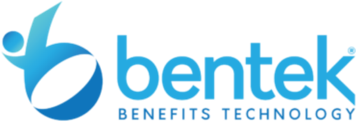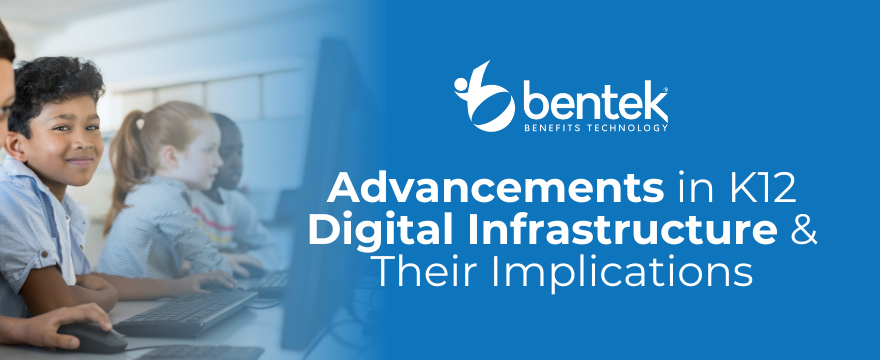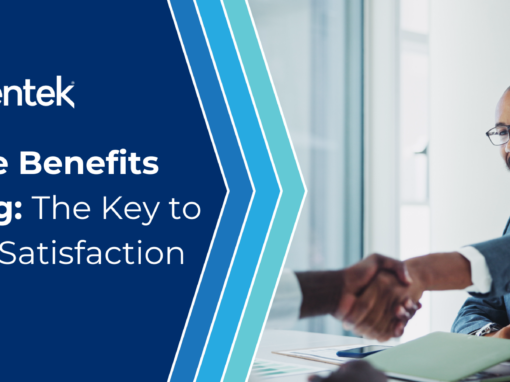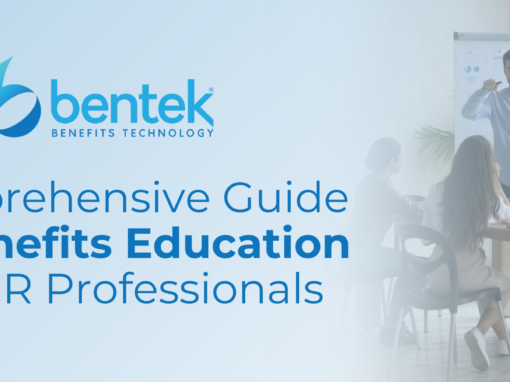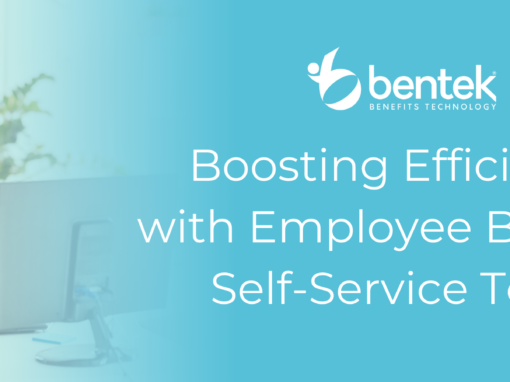The K12 Digital Infrastructure Brief, published on August 2, 2023, marks a pivotal moment in the evolution of benefits administration within educational institutions. The document underscores the importance of robust digital infrastructure, heralding a future where enhanced connectivity and advanced data management systems are not just beneficial but essential for the streamlined operation of K12 benefits administration.
Here’s a closer look at how K12 digital infrastructure advancements are set to transform the landscape:
Enhanced Connectivity:
The brief highlights the role of improved internet and network connectivity in facilitating real-time access to benefits information. This ensures that both administrators and employees can access up-to-date benefits data at any time, from any location, making the process of managing and utilizing benefits more efficient.
Advanced Data Management Systems:
With the influx of digital tools, schools can now manage vast amounts of data with greater ease. These systems allow for the automation of benefits administration tasks such as enrollment, claims processing, and benefits tracking. By digitizing these processes, schools can reduce manual errors, save time, and ultimately focus more resources on educational outcomes rather than administrative burdens.
Blockchain Technology for Security and Transparency:
Perhaps one of the most exciting developments is the potential application of blockchain technology in benefits management. Blockchain is a decentralized ledger technology that ensures secure and transparent transactions across a network of computers. Its role in digital infrastructure is pivotal, as it provides a trustworthy platform for various applications, from financial services to benefits administration, enhancing security and reducing fraud in digital transactions.
Blockchain’s inherent characteristics of decentralization, immutability, and encryption offer unprecedented levels of security and transparency. For K12 benefits administration, this means:
- Secure Storage of Sensitive Data: Employee benefits information is highly sensitive. Blockchain technology can provide a secure platform for storing this data, significantly reducing the risk of breaches or unauthorized access.
- Transparent and Accurate Record-Keeping: Blockchain can create a transparent and unalterable audit trail for all benefits transactions. This ensures accuracy in benefits allocation and simplifies the process of auditing and compliance, making it easier for schools to adhere to regulatory requirements.
- Streamlined Claims Processing: The use of smart contracts within a blockchain network can automate the claims process, ensuring that claims are processed efficiently and transparently. This not only speeds up the resolution of claims but also enhances trust among employees in the benefits administration process.
As outlined in the K12 Digital Infrastructure Brief, the advancements in digital infrastructure are set to revolutionize benefits administration in schools. From improved connectivity that facilitates easier access to information to blockchain technology that promises enhanced security and transparency, the future of K12 benefits administration is poised for significant transformation. These technological advancements not only promise to make benefits management more efficient but also contribute to the overall wellness data trends in schools, supporting a healthier, more informed, and connected educational workforce.
For more articles like this one, check out the Bentek Blog!
